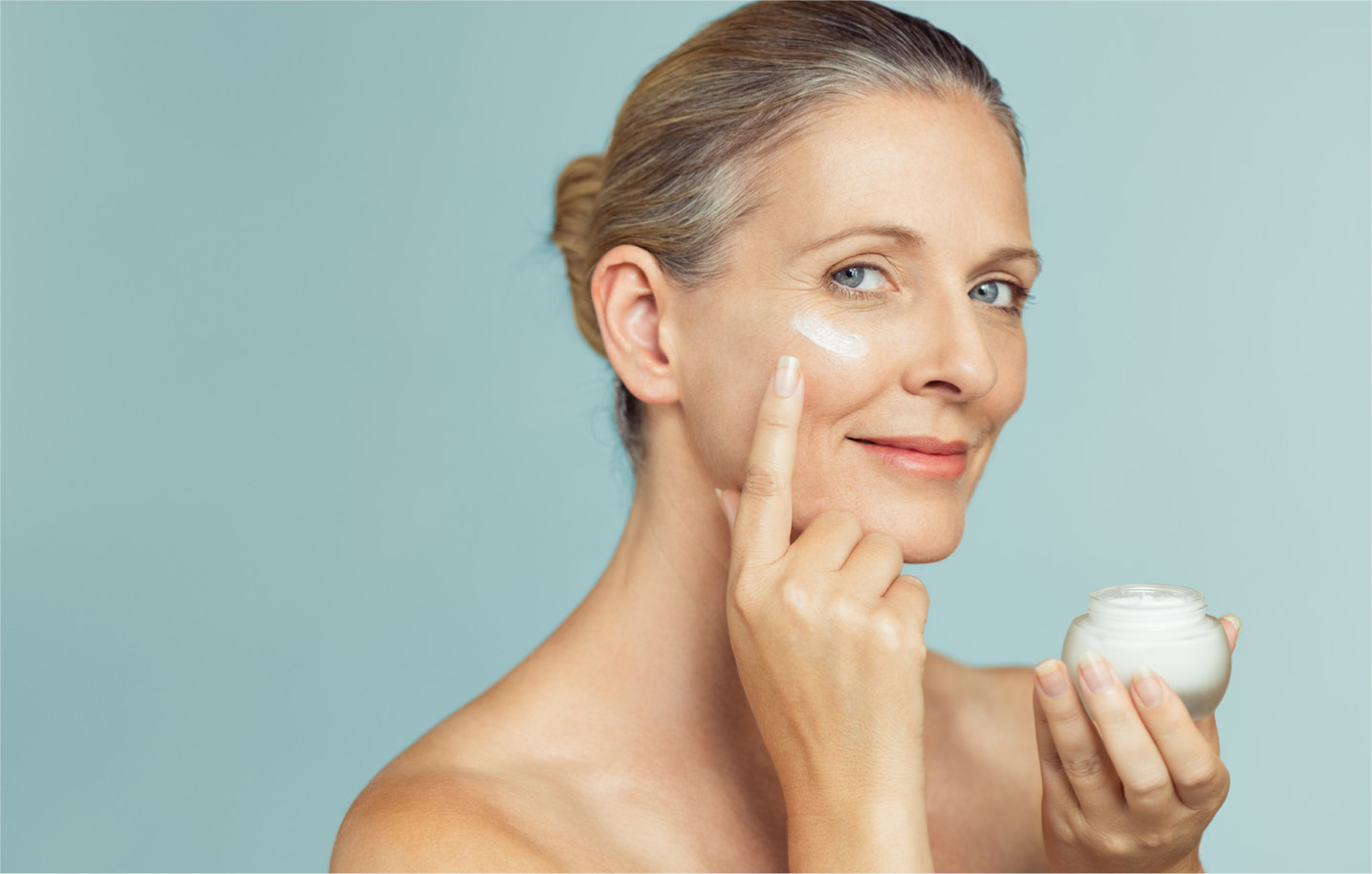

Skin microbiome differences relate to the grade of acne vulgaris
In the development of acne, the skin microbiome plays a significant role in pathogenesis. The aim of the authors was to examine the facial skin microbiome of acne and the differences of microbiome that are related to the different grades of this. To do this, swabs from nine healthy patients and 67 acne patients were obtained. The skin microbiomes from the swabs were then analysed.
The results showed that the acne patients harboured significantly altered skin microbiomes. The skin microbiomes of patients with grade 1–3 acne were similar, but patients with grade 4 acne showed considerably different skin microbiomes. The authors conclude that they hope these findings may provide evidence for the pathogenic mechanisms of acne and microbial-based strategies to avoid and treat acne, particularly those with grade 4 acne.
Functional symptoms in dermatology: part 1
Symptoms with no medical explanation (also known as functional symptoms) can occur in any medical field, and this includes dermatology. Such symptoms occur with no definite organic pathology. Two examples of functional disorders commonly seen by dermatologists are mucocutaneous pain syndromes and functional pruritus. Patients with somatoform symptoms often have contradictory symptoms. After examination, they are seen to have severe symptomatology, but with minimal abnormalities.
These differences can be very stressful for both the patient and clinician, which may increase the risk of over-investigating. The author states that patients can be successfully rehabilitated, and the management of functional symptoms can be effective if an honest and open approach is adapted, as well as sometimes referring for psychological support.
Skin cancer prevention: a review of current topical options complementary to sunscreens
Despite the rise in sunscreen use, non-melanoma skin cancer has seen a significant increase globally. In 2014, it was estimated by the Surgeon General that 2.2–5 million people per year were treated for non-melanoma skin cancer. The authors of the article state that as there is a continuing rise in patients being newly diagnosed with skin cancers, there is a need for further preventative measures in addition to sunscreen. Topical products that focus on boosting DNA repair, modulating DNA transcription, decreasing inflammation and selectively targeting precancerous cells could be found to hold an important role in the future of skin cancer prevention.
Alopecia following deoxycholic acid treatment for submental adiposity
Alopecia is increasingly being recognised as an adverse effect of deoxycholic acid treatment. The study of 66 male patients showed that there was an incidence of alopecia in 15% of them. The alopecia was first noticed around 4 weeks after injection.
This study also showed that 5 out of 8 patients reported improvement or complete resolution of the alopecia. A review of the literature in this study showed that 4 other cases had varying degrees of regrowth. In conclusion, deoxycholic acid was a cause for alopecia.
Evolution of the use of antioxidants in anti-ageing cosmetics
Skin health is important to both men and women. Anti-ageing products are used with a healthy and youthful appearance in mind, and one of the most commonly used ingredients in such products is antioxidants. The aim of this study was to look at how anti-ageing formulations have changed in the past 7 years in regard to pure antioxidant composition. Starting in 2011, the study was updated whenever products launched or whenever the composition changed. Data were collected from anti-ageing formulations that were on sale on the Portuguese market.
The results of this study showed that ascorbic acid was one of the most used antioxidants in anti-ageing formulations. The study also found that there were seven ascorbic acid derivatives that are being used in anti-ageing formulations and only three tocopherol derivatives were found. Several combinations of antioxidants were also found, mainly tocopherol with other antioxidants and tocopherol with tocopherol derivatives. The results showed the relevance of antioxidants in the cosmetic industry by providing a better understanding of the scientifically based formulations of modern cosmetics, as well as supporting the need for advanced antioxidants in anti-ageing cosmetic products.
Evolving beauty—creating and transforming inequalities
This study aims to explore the eternal interest in beauty, which has a psychological and evolutionary foundation. Several studies have shown that being perceived as beautiful can have advantages in helping one's career and even result in improved emotional wellbeing. As we know, not everyone is perceived as beautiful in society, which can lead to aesthetic treatments being sought to meet these standards of beauty. The socially accepted beauty standards have evolved with the influence of social media. Therefore, it is now essential for clinicians to be aware of the societal implications of beauty, as they may serve as motivation for patients seeking cosmetic procedures.


